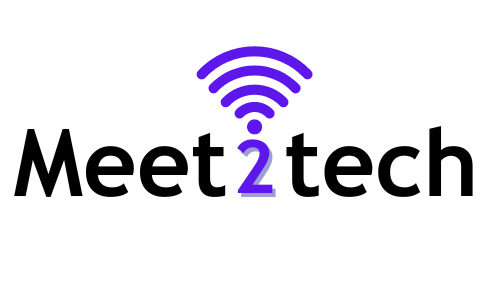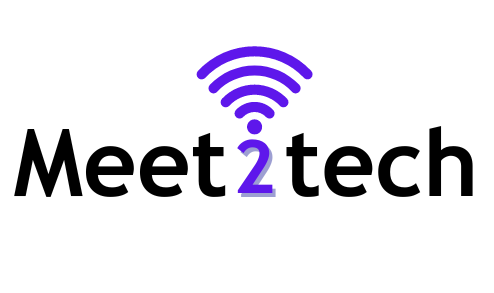Life insurance (lic) Understanding LIC Investments:
1. LIC Policies as Investment Tools:
- Overview of LIC’s traditional policies and Unit Linked Insurance Plans (ULIPs).
- The unique blend of insurance and investment in LIC policies.
- How LIC policies cater to various financial goals.
Advantages LIFE INSURANCE:
- Dual Benefit: LIC policies offer both insurance coverage and a means for wealth creation, making them versatile financial tools.
- Safety and Stability: LIC, being a government-backed institution, provides a sense of security and stability to investors.
- Long-Term Commitment: Encourages disciplined and long-term financial planning.
Disadvantages LIFE INSURANCE :
- Low Liquidity: Some LIC policies may have limited liquidity options, making it challenging to access funds in case of immediate needs.
- Complexity: Understanding the various features and benefits of LIC policies may be complex for some investors.
- Market Dependency: ULIPs are subject to market fluctuations, exposing investors to market risks.
2. Types of LIC Investments:
- Exploring endowment plans, term plans, money-back policies, and pension plans.
- Understanding the risk and return profiles of different LIC investment options.
- Tailoring LIC investments to individual financial objectives.
Advantages LIFE INSURANCE :
- Diversification: A range of policy options allows investors to diversify their investment portfolio based on their risk tolerance and financial goals.
- Customization: LIC provides flexibility in choosing policies that align with specific financial needs, such as education, retirement, or wealth accumulation.
- Guaranteed Returns: Some LIC policies offer guaranteed returns, providing a stable foundation for investment.
Disadvantages:
- Limited Flexibility: Certain policies may have limitations on altering premium payments or policy terms once initiated.
- Lock-In Period: Many policies have a lock-in period, restricting the withdrawal of funds before a specified time.
- Costs and Charges: Some policies may involve charges, affecting the overall returns.
Benefits of LIC Investments:
3. Financial Protection:
- How LIC policies act as a shield against unforeseen circumstances.
Advantages:
- Family Security: LIC policies offer a financial cushion to the family in the event of the policyholder’s demise.
- Debt Repayment: The insurance component can help repay outstanding debts, ensuring financial stability for the family.
- Legacy Planning: Acts as a tool for passing on wealth to the next generation.
Disadvantages:
- Cost Factor: The cost of insurance can make certain policies relatively more expensive compared to standalone investment options.
- Limited Coverage: The insurance coverage may be limited, and additional coverage may require higher premiums.
4. Wealth Creation:
- Building wealth through participating in profits and bonuses of LIC policies.
- The compounding effect and its impact on long-term investment growth.
Advantages:
- Compound Growth: LIC policies often provide compounded returns, enhancing the growth of the invested amount over time.
- Profit Participation: Some policies share profits and bonuses, providing additional income to policyholders.
- Stable Returns: Offers stable and consistent returns compared to market-linked instruments.
Disadvantages:
- Market Risks: Market-linked policies are subject to market risks, and returns may vary based on market performance.
- Inflation Impact: Inflation may erode the purchasing power of returns generated through conservative policies.
5. Tax Benefits:
- Explaining the tax advantages associated with LIC investments under Section 80C and 10(10D).
- Maximizing tax savings through strategic investment planning.
Advantages:
- Tax Exemption: Premiums paid and maturity proceeds are eligible for tax benefits under Section 80C and 10(10D) of the Income Tax Act.
- Wealth Creation with Tax Efficiency: LIC investments offer a tax-efficient way of creating wealth over the long term.
Disadvantages:
- Complex Tax Rules: Understanding and navigating the tax rules associated with LIC investments may be challenging for some investors.
- Dependence on Tax Laws: Tax benefits are subject to prevailing tax laws, and any changes can impact the overall returns.
Considerations and Tips:
6. Risk Management:
- Assessing the risk tolerance and investment horizon before choosing LIC policies.
- Diversifying investment strategies within LIC’s offerings for a balanced portfolio.
Advantages:
- Risk Mitigation: LIC policies provide a level of risk mitigation, especially for individuals with a conservative risk profile.
- Systematic Savings: Encourages systematic savings, reducing the impact of market volatility.
Disadvantages:
- Market Dependency: Market-linked policies may expose investors to market risks despite risk mitigation efforts.
- Potential Opportunity Cost: Conservative policies may miss out on potential higher returns available in more aggressive investment options.
7. Policy Reviews and Updates:
- The importance of periodically reviewing LIC policies to align with evolving financial goals.
- Making adjustments to policy coverage and investment allocations based on changing circumstances.
Advantages:
- Adaptability: Periodic reviews allow policyholders to adapt their policies to changing financial needs and market conditions.
- Optimizing Returns: Regular reviews help in optimizing investment strategies to maximize returns.
Disadvantages:
- Policy Alteration Limitations: Some policies may have limitations on making changes, potentially impacting flexibility.
- Time and Effort: Regular reviews require time and effort, which may be a constraint for some investors.
8. LIC Customer Support:
- Leveraging LIC’s customer support for queries, updates, and policy-related assistance.
- Utilizing online platforms for policy management and premium payments.
Advantages:
- Customer Assistance: LIC’s customer support can provide guidance and assistance on policy-related queries.
- Convenience: Online platforms facilitate easy premium payments, policy updates, and information access.
Disadvantages:
- Potential Delays: Customer support response times may vary, leading to potential delays in query resolution.
- Technological Challenges: Some individuals may face challenges in navigating online platforms, impacting convenience.
Real-Life Success Stories:
9. Case Studies:
- Featuring real-life examples of individuals who have achieved financial milestones through LIC investments.
- Highlighting diversified investment strategies and the role LIC played in their success stories.
Advantages:
- Inspiration: Real-life success stories inspire individuals to explore the potential benefits of LIC investments.
- Practical Insights: Case studies provide practical insights into how LIC investments can be effectively utilized for wealth creation.
Disadvantages:
- Individual Variability: Success stories may vary based on individual circumstances and market conditions.
- Risk Disclosure: Not all success stories may disclose the potential risks associated with LIC investments.
Conclusion:
In conclusion, LIC investments offer a holistic approach to financial planning, encompassing both insurance and wealth creation. By understanding the array of policies available, recognizing the benefits they offer, and incorporating them into a well-rounded financial strategy, individuals can pave the way for a secure and prosperous future. Whether you are a seasoned investor or a newcomer to the world of finance, exploring LIC investments opens doors to unparalleled opportunities for growth and financial well-being.
Note: It is advisable to consult with a financial advisor before making any investment decisions, considering individual financial goals, risk tolerance, and market conditions.


